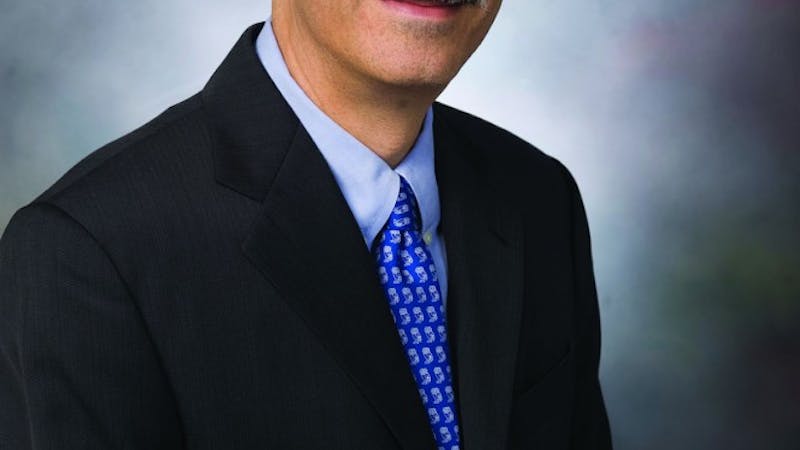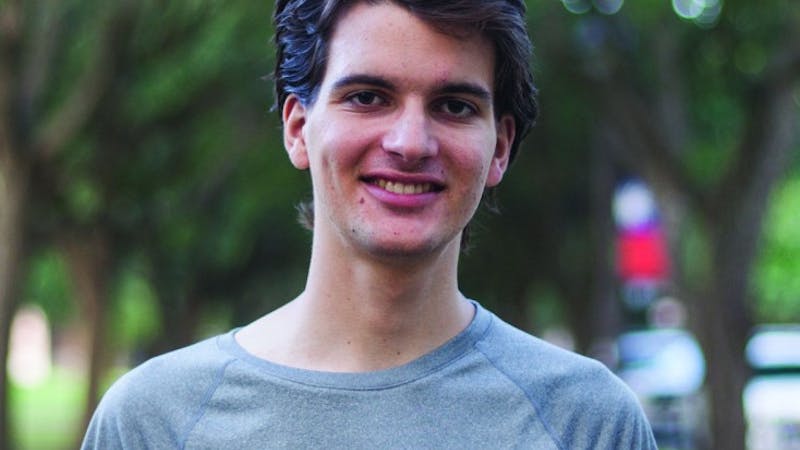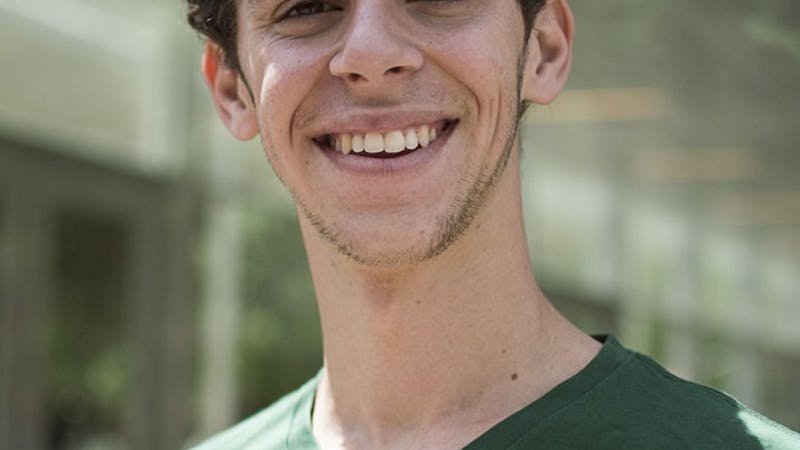NEWS
4/22/15 6:54am
By Sana Yaklur
The economics and mathematical economic analysis curriculum is undergoing extensive changes for the 2015-16 school year and beyond, according to Chair of Economics George Zodrow. The changes will be mandatory only for students matriculating in and after 2015.The changes include a new introductory course, removal of the Ordinary Differential Equations and Linear Algebra (MATH 211) requirement and renumbering of upper level courses. There is also a new honors program as well as new math, statistics and advanced course requirements. The economics department’s undergraduate committee developed the changes over the course of the 2014-15 year, according to Zodrow. The committee took into account input from ECON faculty and students, and tentative proposals were presented to the faculty and a student advisory board appointed by the Student Association. The department approved the finalized changes in February.According to Zodrow, these changes are a part of the Rice Initiative for the Study of Economics, which is a program focused on improving the teaching and research of economics at Rice. RISE is led by Economics Department Chair Antonio Merlo. Zodrow said the goal of the restructuring was to meet students’ needs more successfully and provide comprehensive preparation for continued schooling or careers.“In particular, the reforms are designed to more clearly delineate our two majors, with an enhanced ECON major available to all students and an MTEC major that is designed for students who wish to pursue graduate study in economics or obtain a position in the private or public sectors that requires advanced analytical and quantitative skills,” Zodrow said.A number of major changes will be implemented, Zodrow said. One is a new introductory course for the major.“We are creating a new course, ECON 100, Principles of Economics, which will provide a non-technical intuitive introduction to microeconomics and macroeconomics,” Zodrow said.MTEC majors who matriculate in 2015 or later will no longer be required to take Ordinary Differential Equations and Linear Algebra (MATH 211) because the material from MATH 211 that MTEC majors need to know will be covered in Mathematical Economics (ECON 308, formerly ECON 401), a prerequisite for Econometrics (ECON 310, formerly ECON 409) and Advanced Topics in Microeconomics for MTEC Majors (ECON 305), according to Zodrow.Also, core courses for ECON and MTEC majors are being renumbered, according to Zodrow. The core courses are Microeconomics (ECON 200, formerly ECON 301), Macroeconomics (ECON 203, formerly ECON 303) and Applied Econometrics (ECON 209, formerly ECON 309).“The renumbering of these courses does not imply they have been diminished in any way,” Zodrow said. “[It] simply recognizes these critical courses provide the basic foundational principles required as preparation for our upper-level courses and should be taken early in a student’s progression in either major.”However, Zodrow said for students who had taken these courses before the 2015-16 school year, the courses would still be listed as 300-level courses on their transcripts.Both ECON and MTEC majors will now be required to take two semesters of calculus. Previously, ECON majors only needed one. According to Zodrow, this change will provide better preparation in mathematics for the core and elective courses. Additionally, ECON and MTEC majors must now enroll in a higher-level statistics course, Probability and Statistics (ECON 307/STAT 310).ECON and MTEC majors will now need to take courses on advanced microeconomic topics. ECON majors will have to take Advanced Topics in Microeconomics for Economics Majors (ECON 300) while MTEC majors will take the more quantitative Advanced Topics in Microeconomics for MTEC Majors (ECON 305).“ECON and MTEC majors will be required to take a new course [on] advanced topics in microeconomics critical to an understanding of recent developments in modern economics,” Zodrow said. “As a result, these quantitative tools courses should be taken earlier in a student’s career than has often been the case in previous years.”According to Zodrow, all MTEC majors must take one of the two new capstone courses based on analysis of current research topics in economics. The prerequisites for these courses provide insight into this subject. The last change is a two-semester honors program in economics.“This program will guide students through the research process and culminate in the authorship of a high-quality research paper,” Zodrow said.MTEC majors would obtain more advanced analytical and quantitative skills through the Applied Econometrics, Econometrics and Mathematical Economics courses taken earlier in their college careers, as well as through the new capstone courses, Zodrow said.“We believe all of these curriculum changes will provide students with a more comprehensive knowledge of economic principles and applications as well as a deeper understanding of the process of research in economics,” Zodrow said.Economics major Jenny Ren said despite the new changes, she will opt to continue with the previous curriculum. “You can choose which general announcements [to] go under, and it would be too much of a hassle to pursue the new track [as] I’ve already taken some of the old classes,” Ren, a Jones College freshman, said. “I am looking forward to the changes this program will bring and hopefully it will create new opportunities in the department.” Martel College junior Cathy Hu said while the changes do not affect upperclassmen, it’s interesting to see things being improved.“In the past, depending on what professors you have, you’d have a very different experience as an ECON major.” Hu, an economics and sociology major, said. “It would definitely be more rigorous and standardized [after the changes].”



